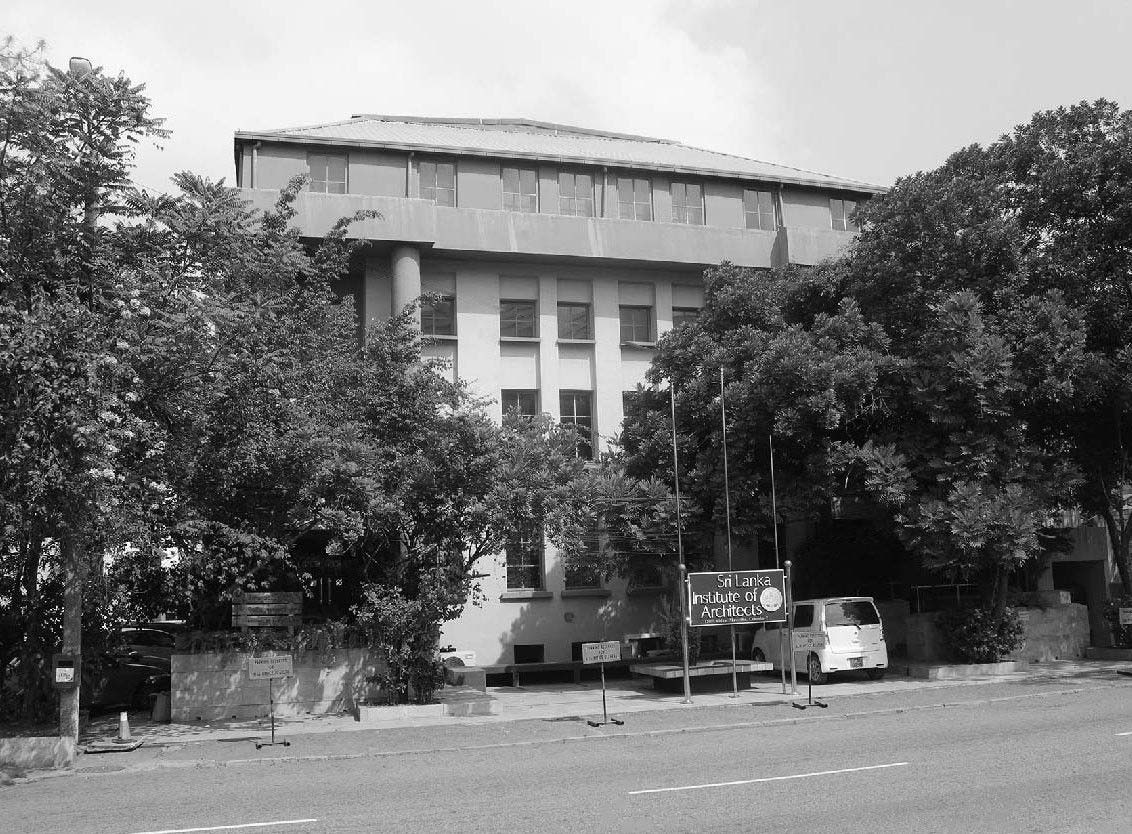About Us
Sri Lanka Institute of Architects
The Sri Lanka Institute of Architects is one of the foremost professional organisations in Sri Lanka as well as the Asian region. The institute has been working on the professional practices of architecture in the country as well as education, which have been the primary focuses over the years. we are proud to note that we have seen a lot of improvements in the industry and have played a great role in contributing to the development of architecture as well as the raising of the standards in the country.

History
The Ceylon Institute of Architects (CIA) was established in 1956 by a small group of foreign qualified Architects following several meetings to work out a constitution. This original group also had membership of the Royal Institute of British Architects (RIBA).The Inaugural meeting of the institute was held on 11th September 1957 at the Tea Propaganda Board on Prince Street in the Colombo Fort with the - participation of twelve Architects.
Having adopted a constitution, which followed that of the British Institute of Architects, the intention of the CIA was to obtain the status of an allied society of the RIBA. They achieved this in 1960, by which time the membership of The Ceylon Institute of Architects had risen to 30. The CIA received the encouragement of the then President of the RIBA, Sir Basil Spence and the considerable assistance of C.D.Spragg the then Secretary of the RIBA. In recognition of this assistance Mr. Spragg was later elected by the CIA as its first Honorary Fellow. Due to the hard work of these founder members of the Institute, a School of Architecture attached to the Institute of Practical Technology, Katubedda was established in 1961.
In 1976, through a private member's motion by the then Minister of Housing and Construction, the Hon. Pieter Keuneman, the Ceylon Institute of Architects was incorporated as the Sri Lanka Institute of Architects (SLIA) by an Act of Parliament, called the Sri Lanka Institute of Architects Law No.1 of 1976.

Objectves of the Institute
The general objectives for which the Institute is constituted have been declared in this
The role of the SLIA in architectural Education
Sri Lanka Institute of Architects Law No. 1 of 1976 enacted by the National State Assembly vested statutory powers with the SLIA. One of the main objectives of the SLIA is to promote and advance the study, practice and application of and Research in Architecture and kindred subjects and the arts and sciences connected therewith.
The powers to organize supervise and control admission to the Architectural Profession, and education and training of persons to qualify as Architects are vested in the SLIA by the statute. It further allows SLIA to prescribe or approve courses of study for the qualifying examinations for membership of the Institute and to conduct courses of study for such purposes. The Board of Architectural Education implements the commitment of the SLIA with regard to the aforesaid activities and is responsible for evaluation of qualifications, and for conducting examinations for those eventually seeking registration by the ARB.



